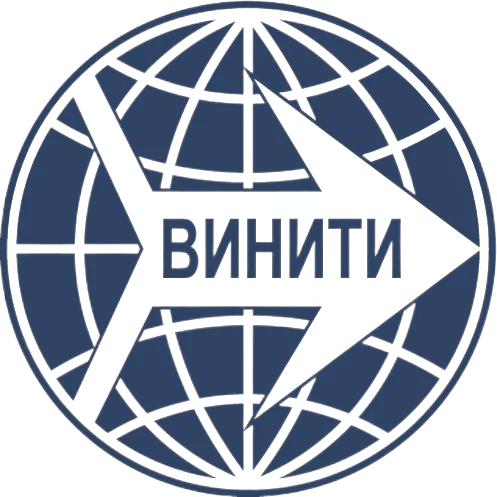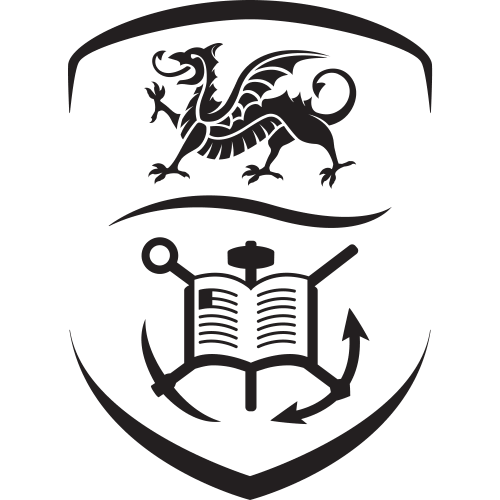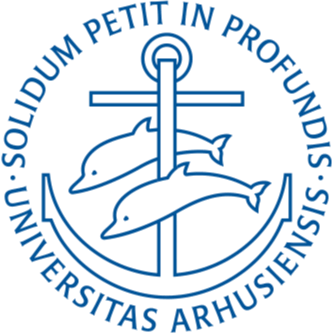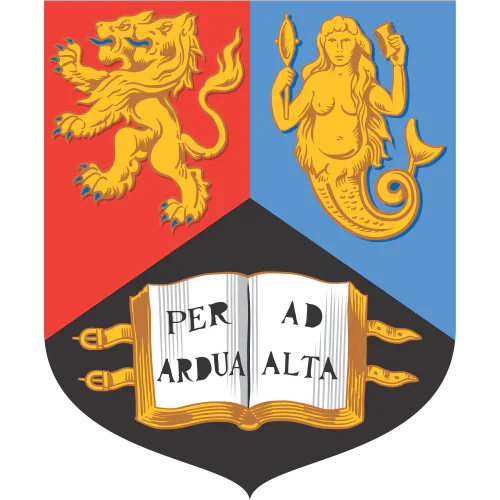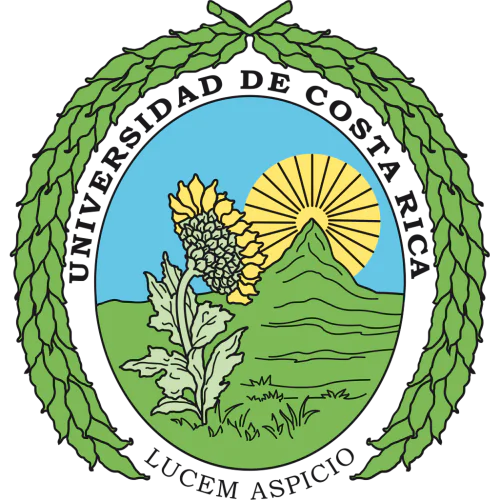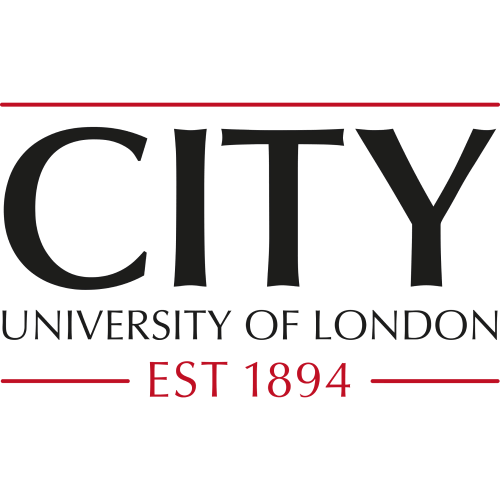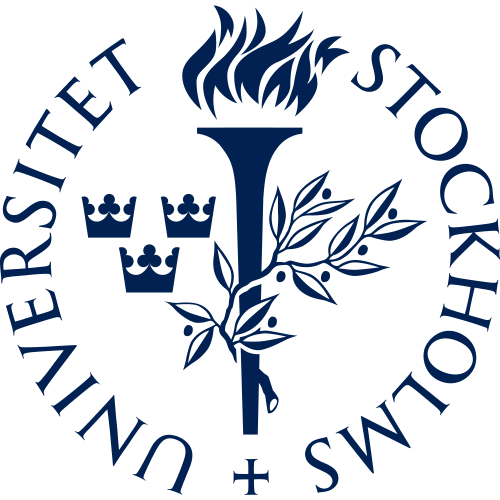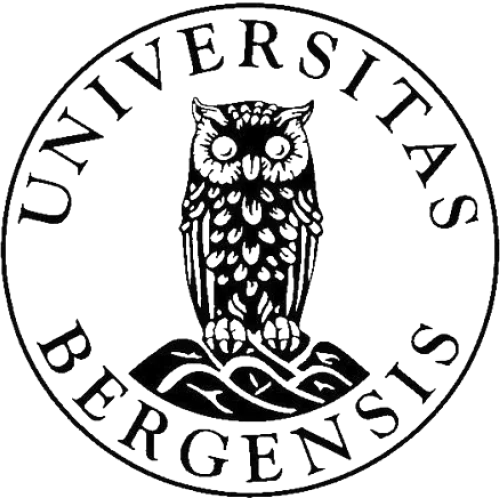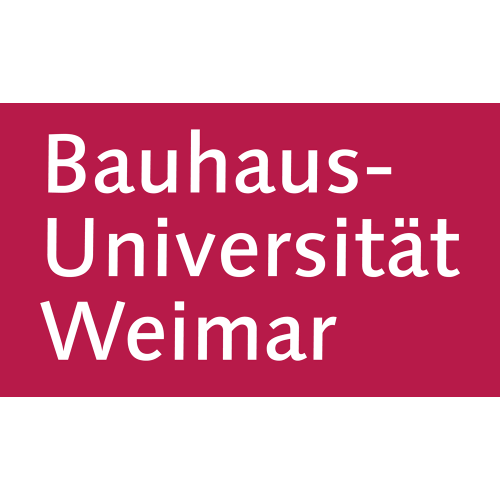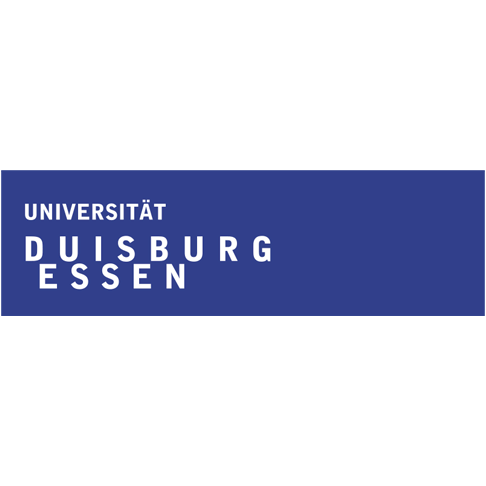Cultures in Human-Computer Interaction
Are you a researcher?
Create a profile to get free access to personal recommendations for colleagues and new articles.
Years of issue
2024-2025
journal names
Cultures in Human-Computer Interaction
Top-3 citing journals

Lecture Notes in Computer Science
(135 citations)

Proceedings of the ACM on Human-Computer Interaction
(50 citations)

Pen-and-Paper User Interfaces
(32 citations)
Top-3 organizations
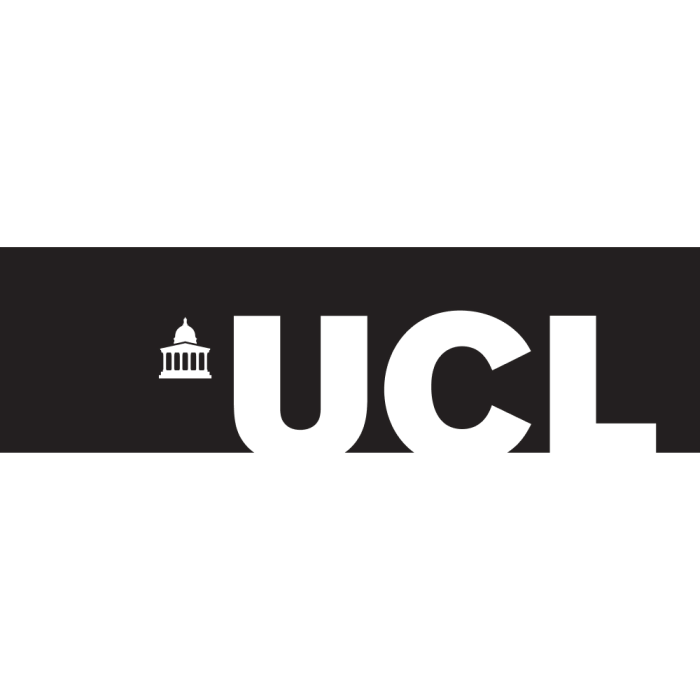
University College London
(102 publications)

University of Colorado Boulder
(53 publications)

University of California, Irvine
(29 publications)

University College London
(57 publications)

University of Colorado Boulder
(30 publications)

Imperial College London
(17 publications)
Top-3 countries
Most cited in 5 years
Found
Nothing found, try to update filter.
Found
Nothing found, try to update filter.
Top-100
Citing journals
Citing publishers
Publishing organizations
Publishing organizations in 5 years
|
10
20
30
40
50
60
|
|
|
University College London
57 publications, 28.5%
|
|
|
University of Colorado Boulder
30 publications, 15%
|
|
|
Imperial College London
17 publications, 8.5%
|
|
|
Qatar Computing Research Institute
12 publications, 6%
|
|
|
Hamad Bin Khalifa University
12 publications, 6%
|
|
|
University of Turku
12 publications, 6%
|
|
|
Aarhus University
12 publications, 6%
|
|
|
Stockholm University
9 publications, 4.5%
|
|
|
University of Copenhagen
9 publications, 4.5%
|
|
|
University of Lleida
7 publications, 3.5%
|
|
|
Eindhoven University of Technology
5 publications, 2.5%
|
|
|
Simon Fraser University
5 publications, 2.5%
|
|
|
10
20
30
40
50
60
|
Publishing countries
|
50
100
150
200
250
300
|
|
|
USA
|
USA, 256, 45.07%
USA
256 publications, 45.07%
|
|
United Kingdom
|
United Kingdom, 200, 35.21%
United Kingdom
200 publications, 35.21%
|
|
Denmark
|
Denmark, 40, 7.04%
Denmark
40 publications, 7.04%
|
|
Canada
|
Canada, 19, 3.35%
Canada
19 publications, 3.35%
|
|
Finland
|
Finland, 19, 3.35%
Finland
19 publications, 3.35%
|
|
Germany
|
Germany, 13, 2.29%
Germany
13 publications, 2.29%
|
|
Qatar
|
Qatar, 12, 2.11%
Qatar
12 publications, 2.11%
|
|
Costa Rica
|
Costa Rica, 12, 2.11%
Costa Rica
12 publications, 2.11%
|
|
Sweden
|
Sweden, 9, 1.58%
Sweden
9 publications, 1.58%
|
|
Ireland
|
Ireland, 8, 1.41%
Ireland
8 publications, 1.41%
|
|
Australia
|
Australia, 7, 1.23%
Australia
7 publications, 1.23%
|
|
Brazil
|
Brazil, 7, 1.23%
Brazil
7 publications, 1.23%
|
|
Spain
|
Spain, 7, 1.23%
Spain
7 publications, 1.23%
|
|
Norway
|
Norway, 7, 1.23%
Norway
7 publications, 1.23%
|
|
50
100
150
200
250
300
|
Publishing countries in 5 years
|
10
20
30
40
50
60
70
|
|
|
United Kingdom
|
United Kingdom, 61, 30.5%
United Kingdom
61 publications, 30.5%
|
|
USA
|
USA, 39, 19.5%
USA
39 publications, 19.5%
|
|
Denmark
|
Denmark, 21, 10.5%
Denmark
21 publications, 10.5%
|
|
Qatar
|
Qatar, 12, 6%
Qatar
12 publications, 6%
|
|
Finland
|
Finland, 12, 6%
Finland
12 publications, 6%
|
|
Sweden
|
Sweden, 9, 4.5%
Sweden
9 publications, 4.5%
|
|
Spain
|
Spain, 7, 3.5%
Spain
7 publications, 3.5%
|
|
10
20
30
40
50
60
70
|







































